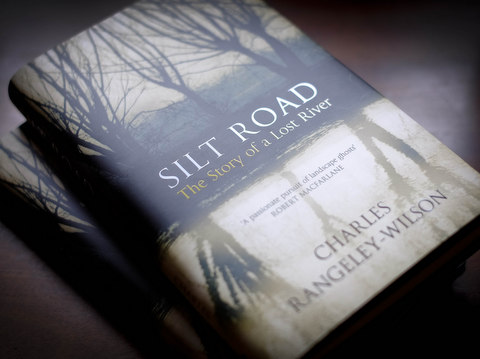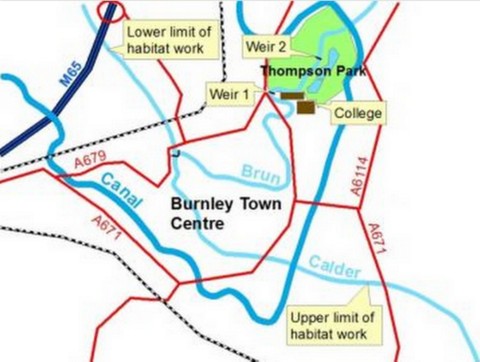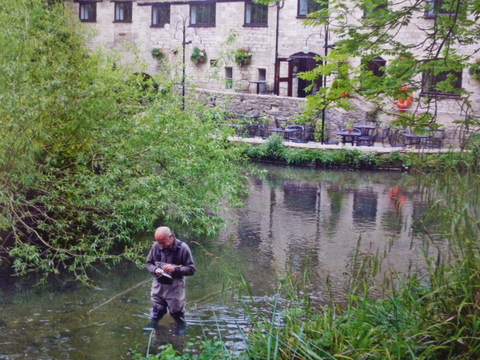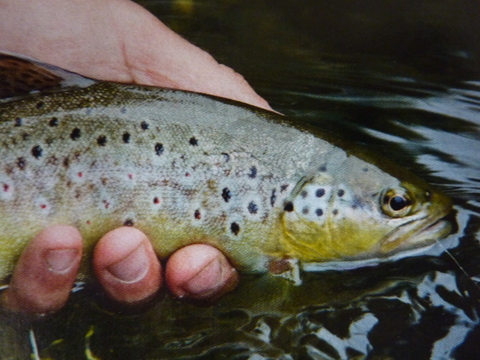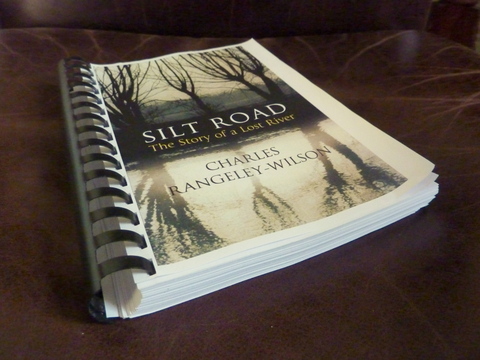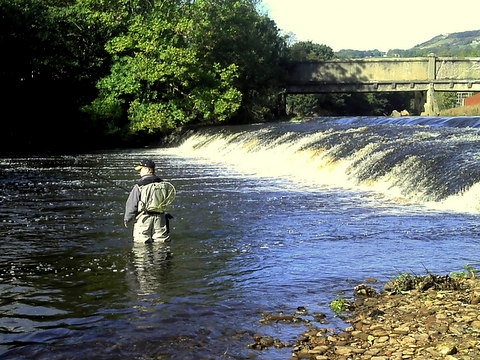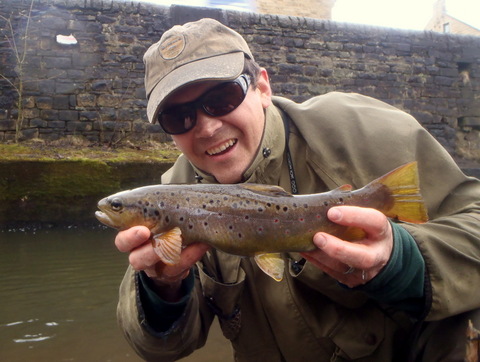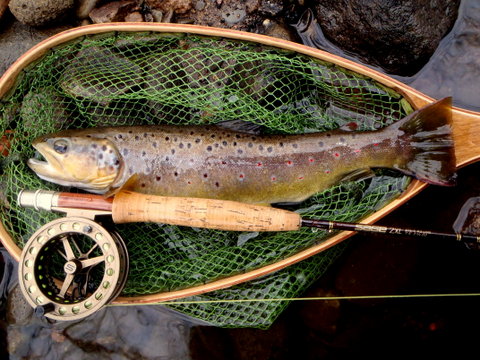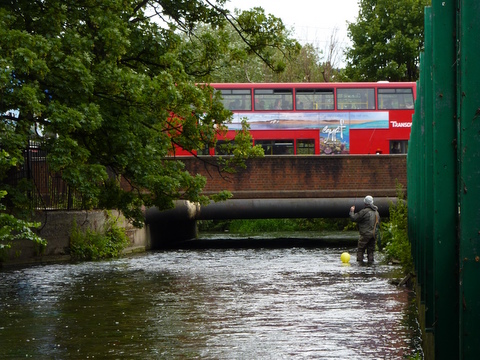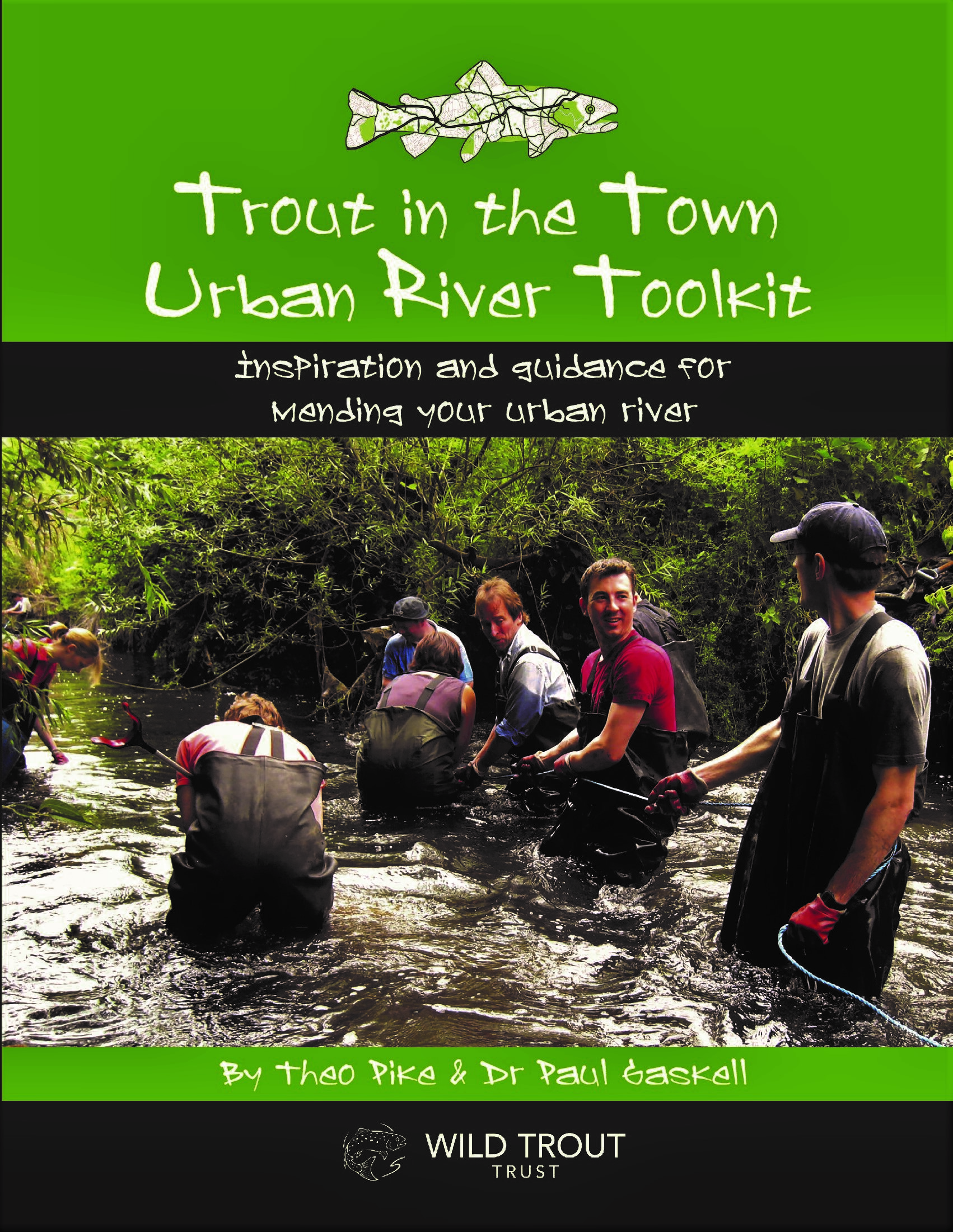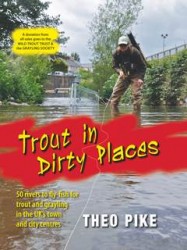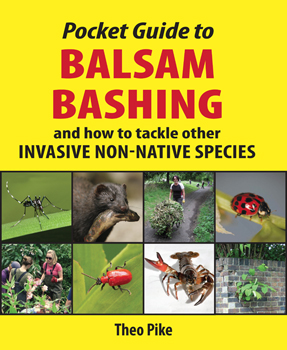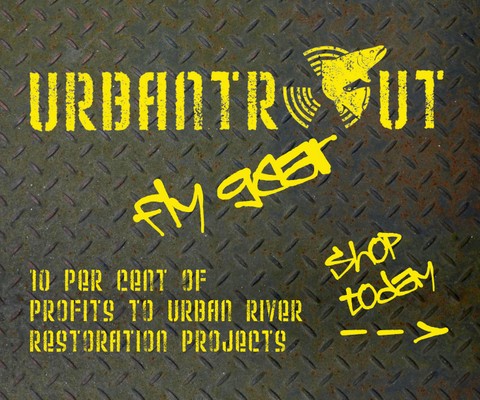What does the birth of an urban river restoration project look like?
In the case of the little River Cale in Wincanton, everything seems to have started with a few beers in somebody’s garage, swiftly followed by a suitable acronym (CATCH: Community Action to Transform Cale Habitat) and one of the Wild Trout Trust’s famous Advisory Visits.
Although we’ve read lots of Advisory Visit reports in our time, we’ve never seen one actually captured on video before… so all credit to Dave Smith and his smartphone for documenting many key points for anyone who’s thinking of starting an urban river-mending project of their own.
The film follows WTT conservation officer Mike Blackmore and local volunteers Matt Bishop and Gary Hunt on an extended walk up the river, discussing litter removal, weirs, dredging, marginal habitats, large woody debris, Mayfly in the Classroom, erosion and deposition, invasive species management and much more.
Past problems for the Cale include fragmentation for industry – the Town Mills closed as recently as 1972 – and a notorious slurry spill in 2000 which reportedly killed up to 50,000 fish.
It’s still early days for the CATCH project, but the passion is plain to see. Gary and Matt have already appeared on Radio Somerset, litter cleanups have been organised, Somerset County Council has offered support, and there’s even a rumour that award-winning local urban river restorationist Luke Kozak spotted a juvenile trout.
If you’re anywhere in the Somerset area, click over to Dave’s accompanying blog on the Wincanton Window news site for much more detail, including a map of the river, or check out the latest on the CATCH project’s Facebook page and sign up to get involved!
